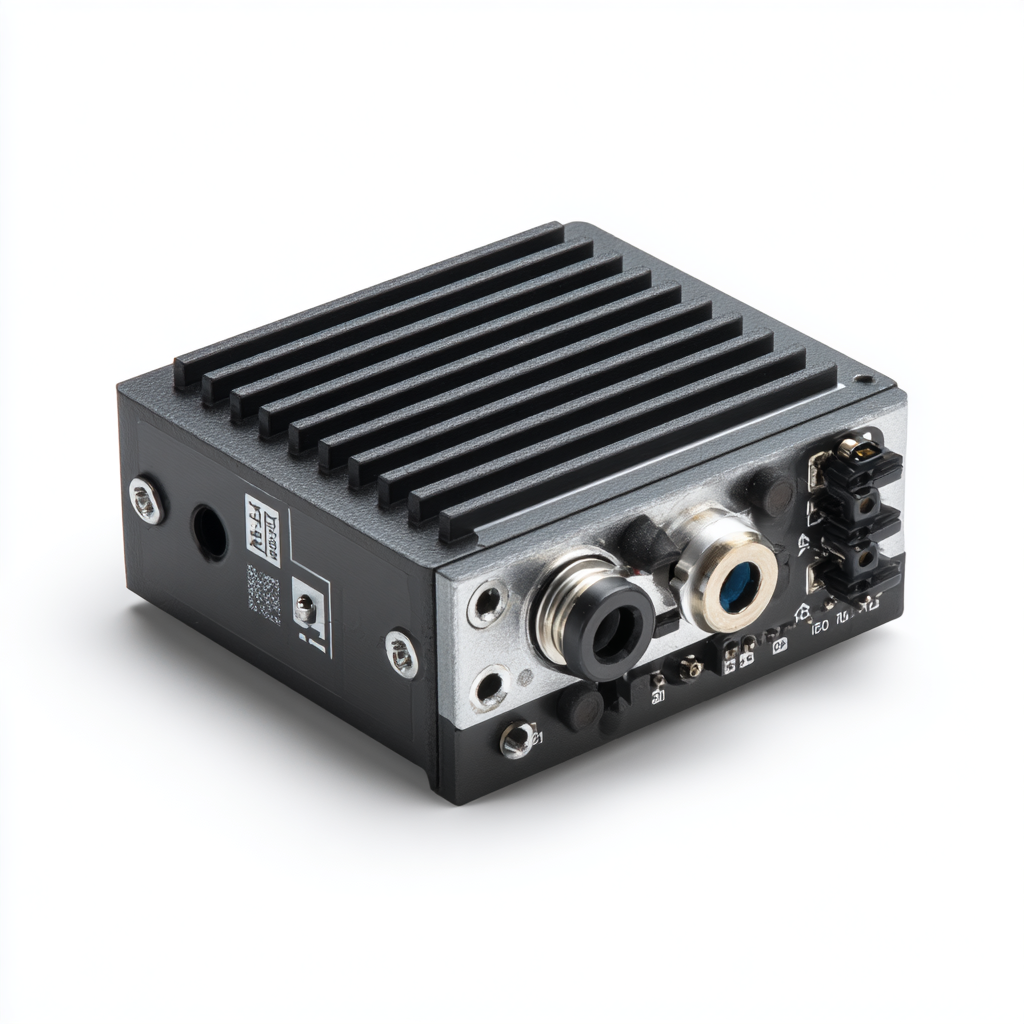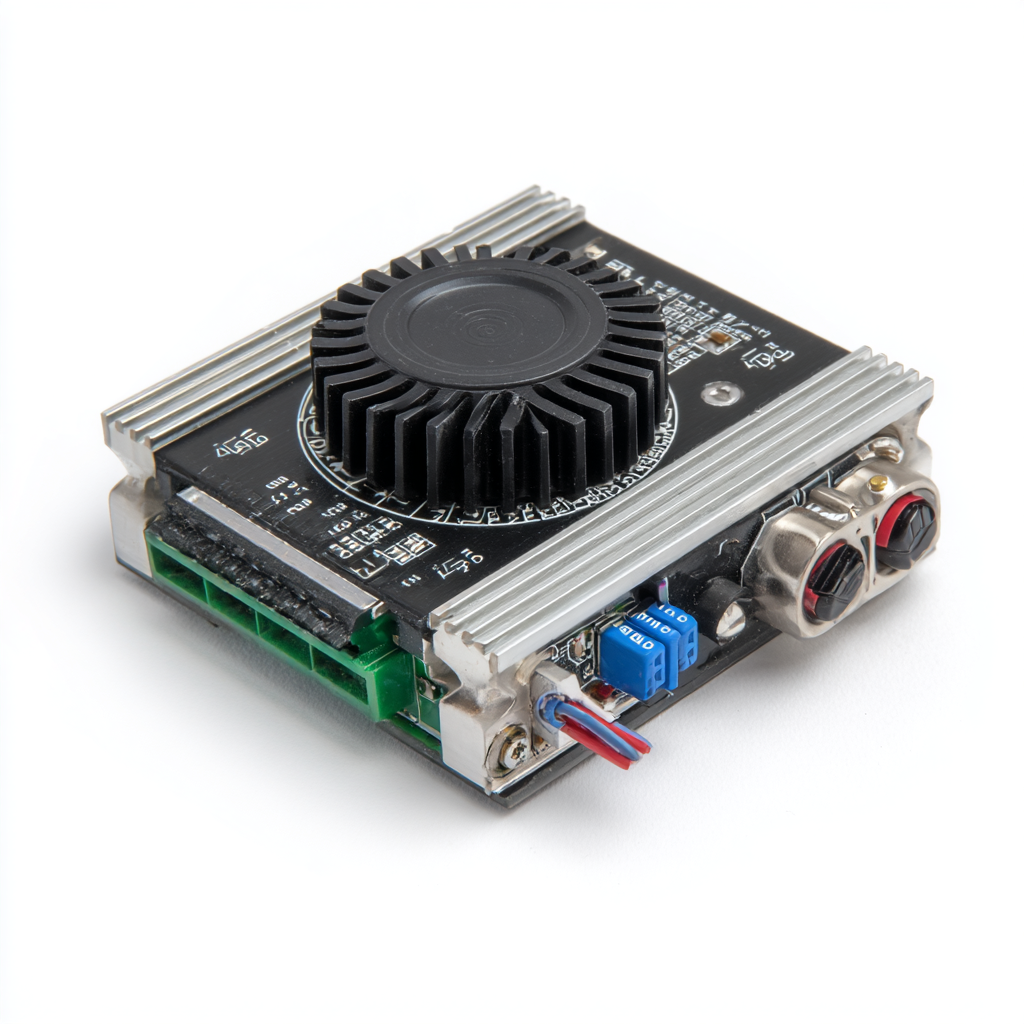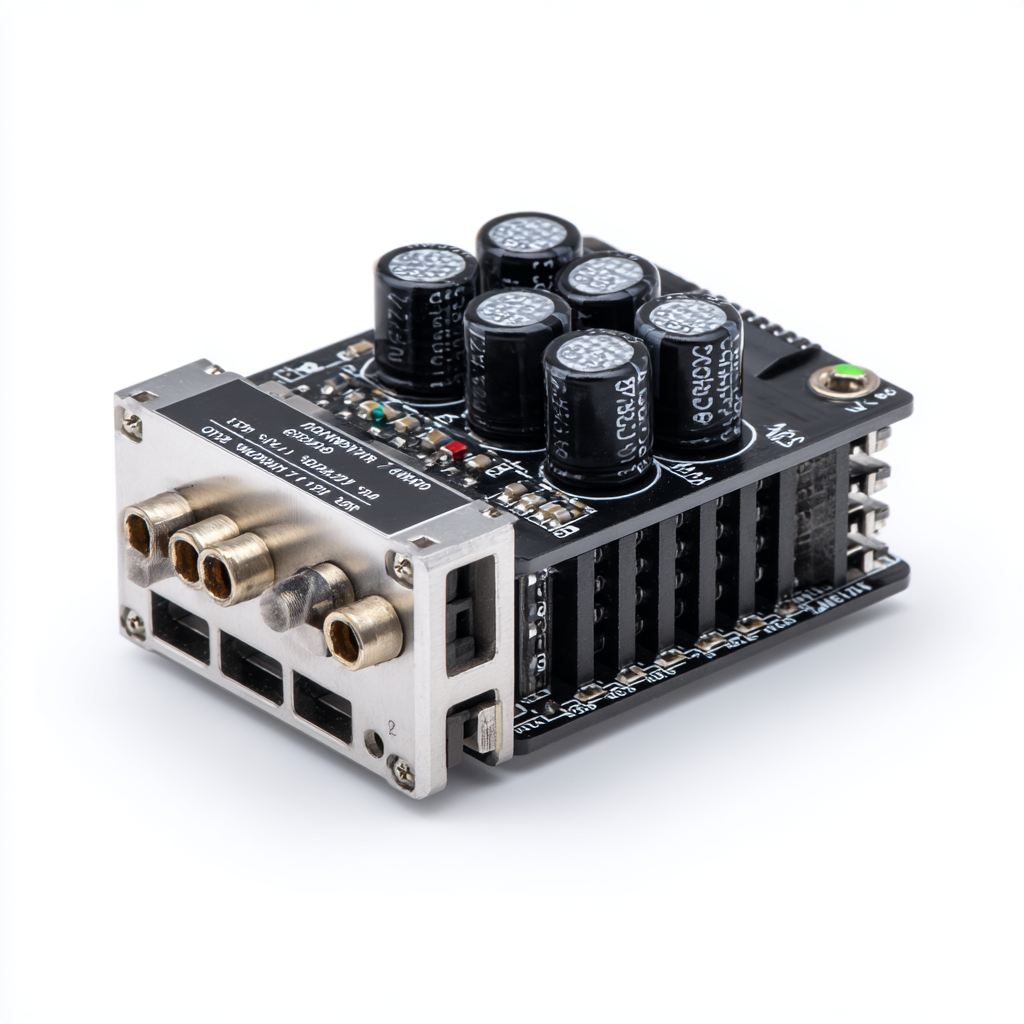
-
Home
-
Products
-
Application
-
Documents
-
News
-
Blog
-
Blog
-
Sinsegye
Leave Your Message
-
Wechat OA

-
 Baijia Hao
Baijia Hao



 Baijia Hao
Baijia Hao

In the realm of advanced automation and precision engineering, the significance of a high-performance Stepper Motor Driver cannot be overstated. As industries evolve, the demand for innovative solutions that enhance operational efficiency and reliability continues to rise. This blog delves into the exceptional capabilities of cutting-edge stepper motor drivers, uniquely crafted in China’s top manufacturing facilities. With a commitment to quality and performance, these drivers are not simply components; they are pivotal tools that empower businesses around the globe.

By harnessing the latest technologies and engineering insights, we aim to explore how these innovative drivers can optimize performance, reduce costs, and establish trust in an increasingly competitive market. Join us as we unveil the transformative impact of superior stepper motor drivers on various applications and their role in shaping the future of automation.
Stepper motor drivers play a crucial role in the efficient performance of stepper motors. Understanding the key features and performance metrics of these drivers can significantly enhance their operation in various applications. Essential features to consider include microstepping capabilities, current control methods, and thermal management. Microstepping allows for smoother motion and increased precision, which is vital in applications requiring fine control.
Tip: When selecting a stepper motor driver, look for one that supports adjustable current settings. This flexibility helps manage heat generation and improves efficiency, ensuring optimal performance over longer periods.
Moreover, performance metrics such as torque output, response time, and compatibility with different motor types are critical for achieving the desired results. A driver that can deliver consistent torque across varying speeds ensures reliable performance, especially in dynamic settings.
Tip: Regularly monitor your stepper motor driver’s performance metrics to identify any deviations or inefficiencies. This proactive approach can help you address issues before they lead to equipment failure, prolonging the lifespan of your system.

When evaluating supplier credentials for stepper motor drivers, it is crucial to look for reliability and expertise in the field. A recent report by Allied Market Research indicates that the global stepper motor market is projected to reach $5.7 billion by 2027, highlighting the growing importance of selecting the right supplier. A trustworthy partner should not only have a proven track record in manufacturing high-performance drivers but also demonstrate a commitment to technological innovation. Suppliers that invest in R&D often yield products with enhanced efficiency, which is essential for optimal performance in various applications.
Additionally, assessing a supplier's certifications can provide insight into their operational standards. ISO 9001 certification, for example, is an indication that the manufacturer adheres to internationally recognized quality management principles. Moreover, taking a look at customer testimonials and case studies can offer real-world evidence of a supplier's reliability. In a fast-evolving industry where precision and efficiency are paramount, engaging with a partner who has shown consistent advancements and adherence to quality standards can make a significant difference in achieving optimal performance for stepper motor systems.
The advancements in stepper motor driver technologies are shaping the future of automation and robotics. According to a recent market report, the global stepper motor market is projected to reach $5.84 billion by 2025, growing at a CAGR of 5.5%. This growth is fueled by the increasing demand for precision motion control and automation across various industries, including automotive, aerospace, and medical devices. Innovative driver solutions are paving the way for superior performance, energy efficiency, and enhanced functionalities.

One of the most significant trends in stepper motor drivers is the integration of smart technologies, such as microstepping and advanced feedback mechanisms. These innovations allow for smoother operation and higher torque at low speeds, addressing the needs of applications that require meticulous positioning. Additionally, devices now incorporate communication protocols like CANopen and EtherCAT, providing real-time monitoring and control capabilities. The adoption of these technologies not only optimizes the performance of stepper motors but also facilitates better system integration in complex industrial setups, underscoring the importance of continuous development in this field.
Optimizing the performance of stepper motor drivers is crucial for achieving maximum efficiency in various applications, from 3D printing to robotics. One effective technique involves fine-tuning the current settings of the driver. By properly configuring the current limit, you ensure that the stepper motor operates within its optimal range, minimizing heat generation and enhancing torque performance. This not only prolongs the lifespan of the motor but also reduces energy waste, contributing to overall system efficiency.
Another important strategy is the implementation of microstepping. This technique allows for smoother motion by dividing each full step into smaller increments, resulting in improved precision and reduced vibration. Microstepping enhances the motor's resolution, leading to more accurate positioning and smoother acceleration and deceleration. Moreover, using advanced control algorithms can further refine the performance of the stepper motor driver. These algorithms adaptively adjust the drive signals, responding to load changes and optimizing power consumption in real-time. Through these innovative approaches, engineers can unlock the full potential of stepper motor systems, ensuring high performance and efficiency in demanding applications.
When selecting a supplier for a stepper motor driver, understanding your specific performance requirements is crucial. Best stepper motor drivers offer innovative solutions that can significantly enhance the efficiency of your applications. To make the right choice, start by evaluating the technical specifications of each supplier's product. Look for drivers that support your desired voltage and current levels, as well as those that provide advanced features like microstepping and thermal protection.
Tips for Supplier Selection:
First, consider the reputation of the supplier in the industry. Research customer reviews and feedback to gauge their reliability and service quality. Second, assess the level of technical support and resources available. A supplier that offers robust support can make a significant difference in the successful implementation of your projects. Lastly, don't overlook the importance of pricing; while it's essential to stay within budget, the cheapest option may not deliver the performance or durability you need.
By focusing on these elements, you can make an informed decision that aligns with your performance goals and ensures optimal functionality of your stepper motor driver.